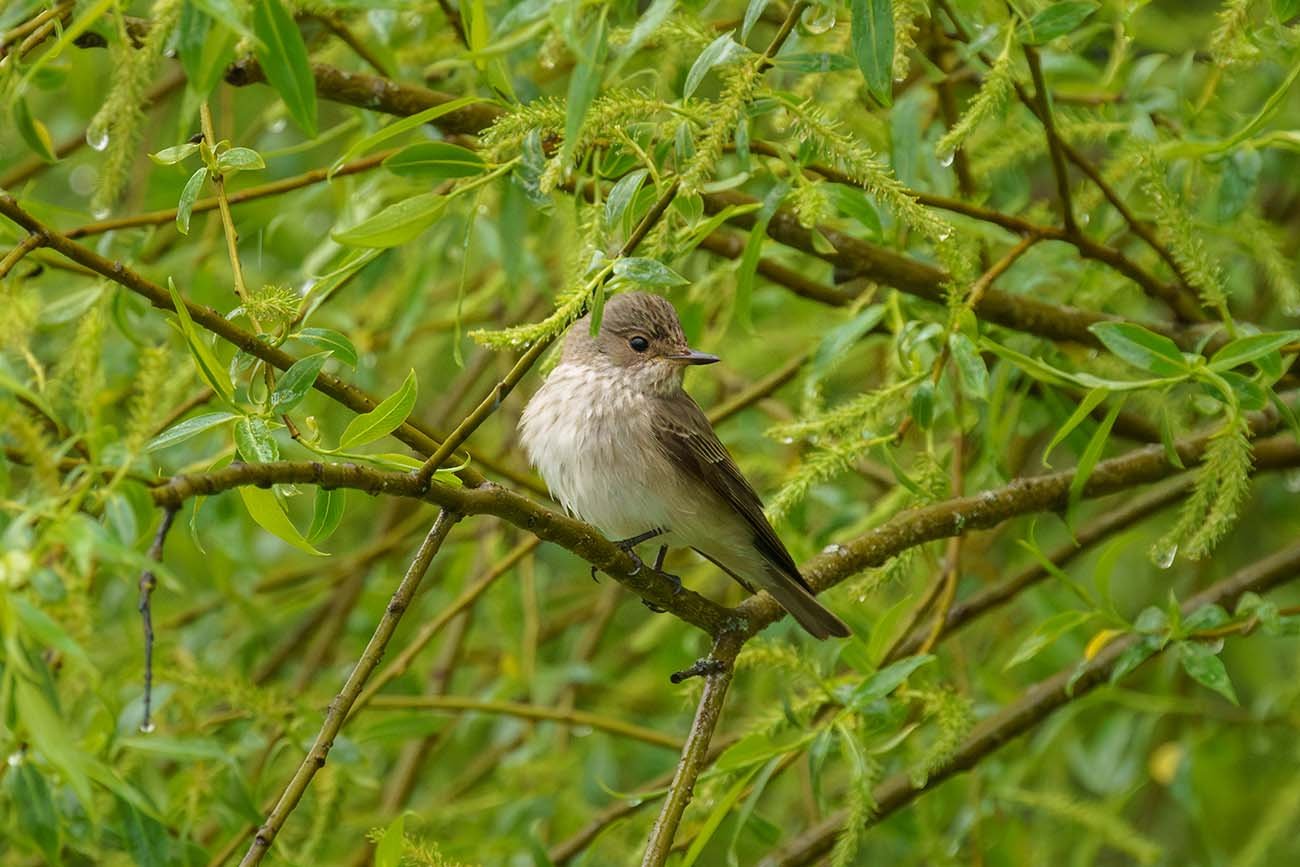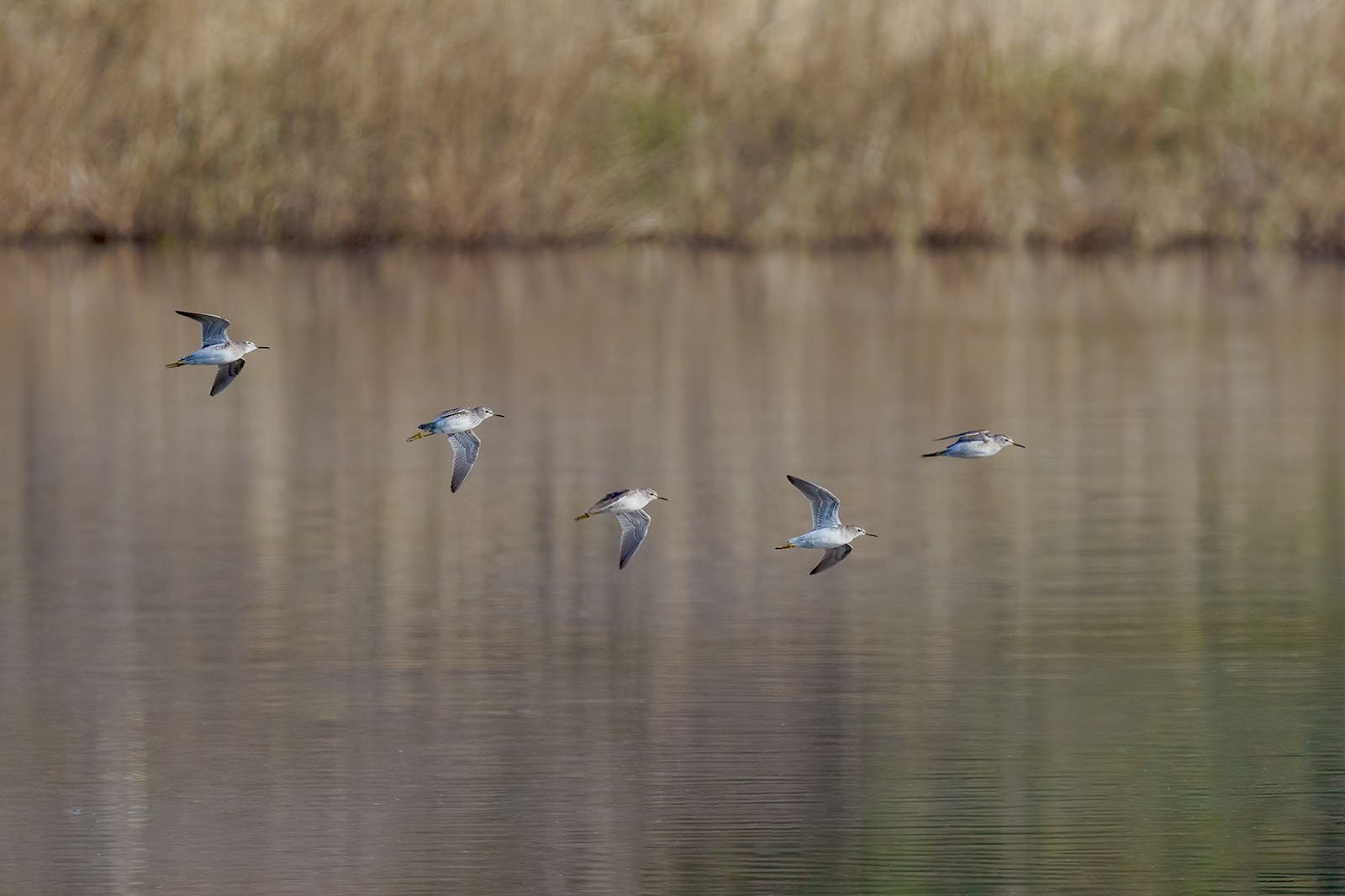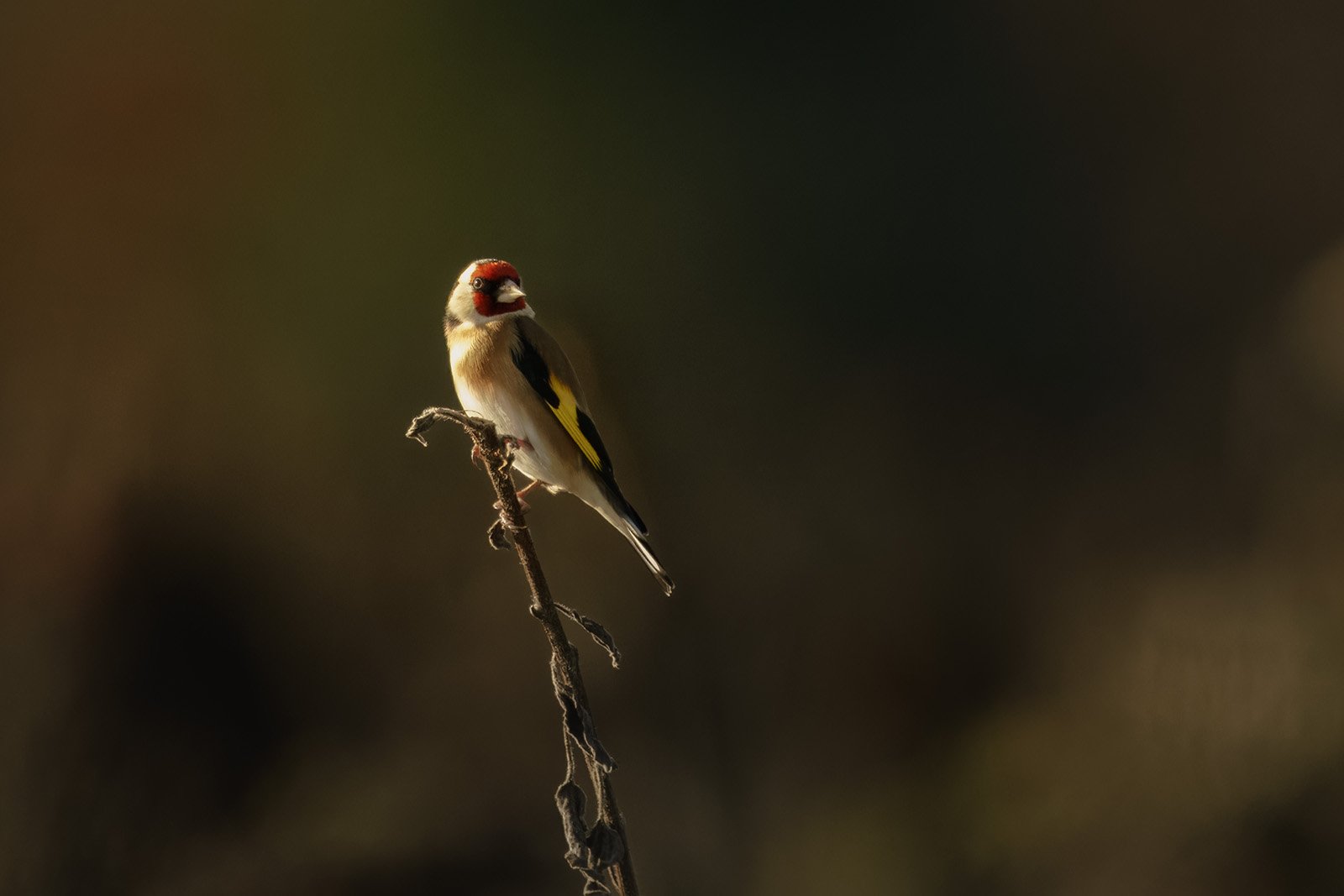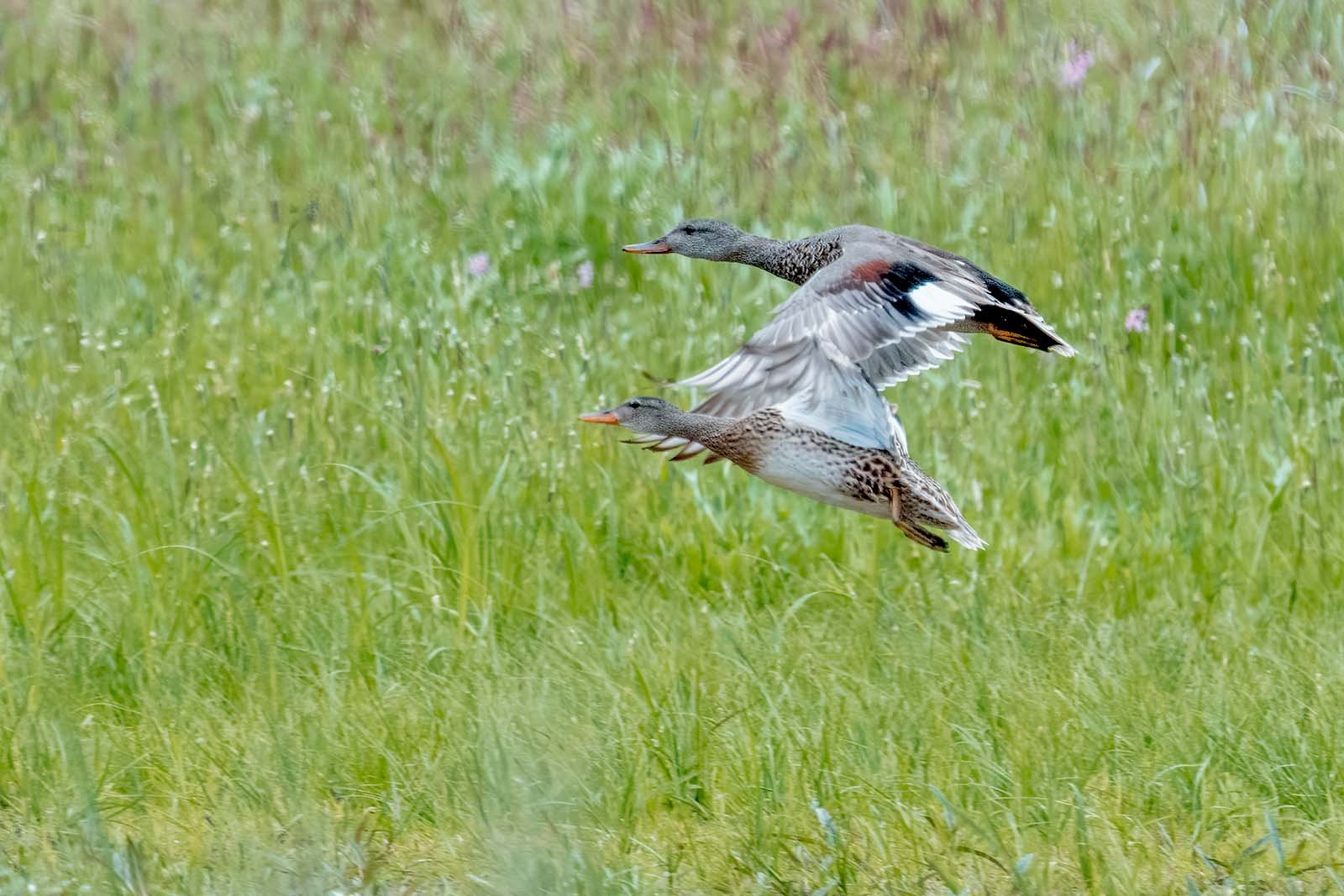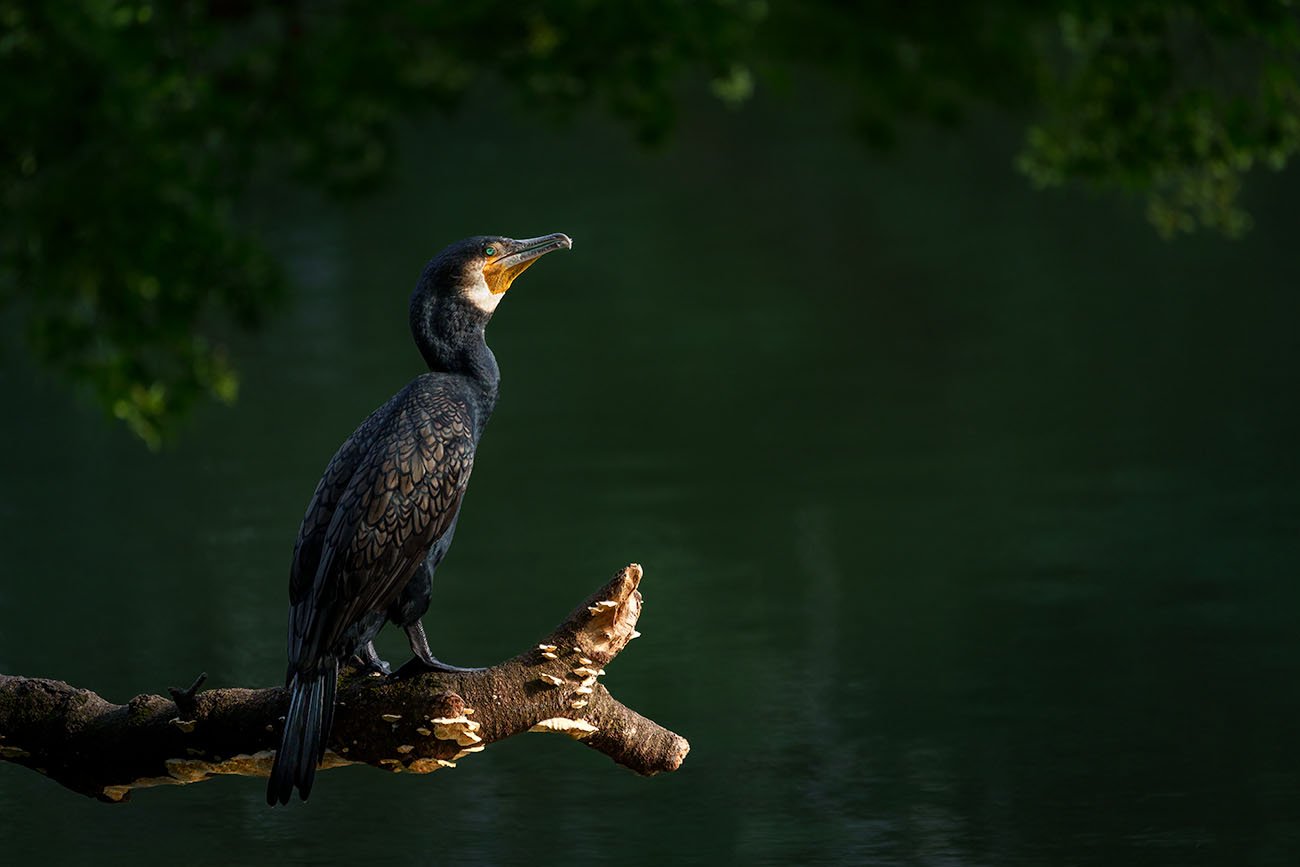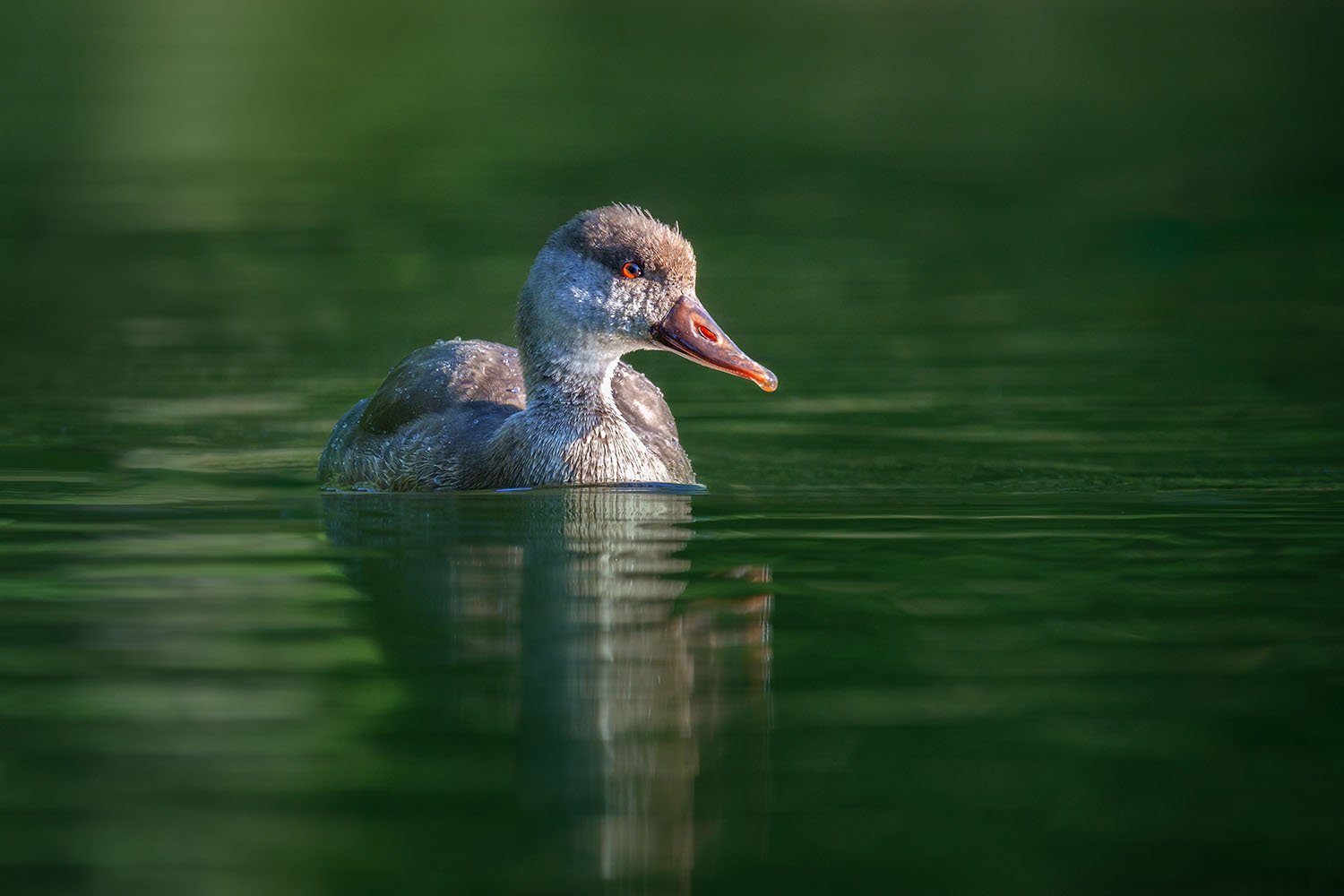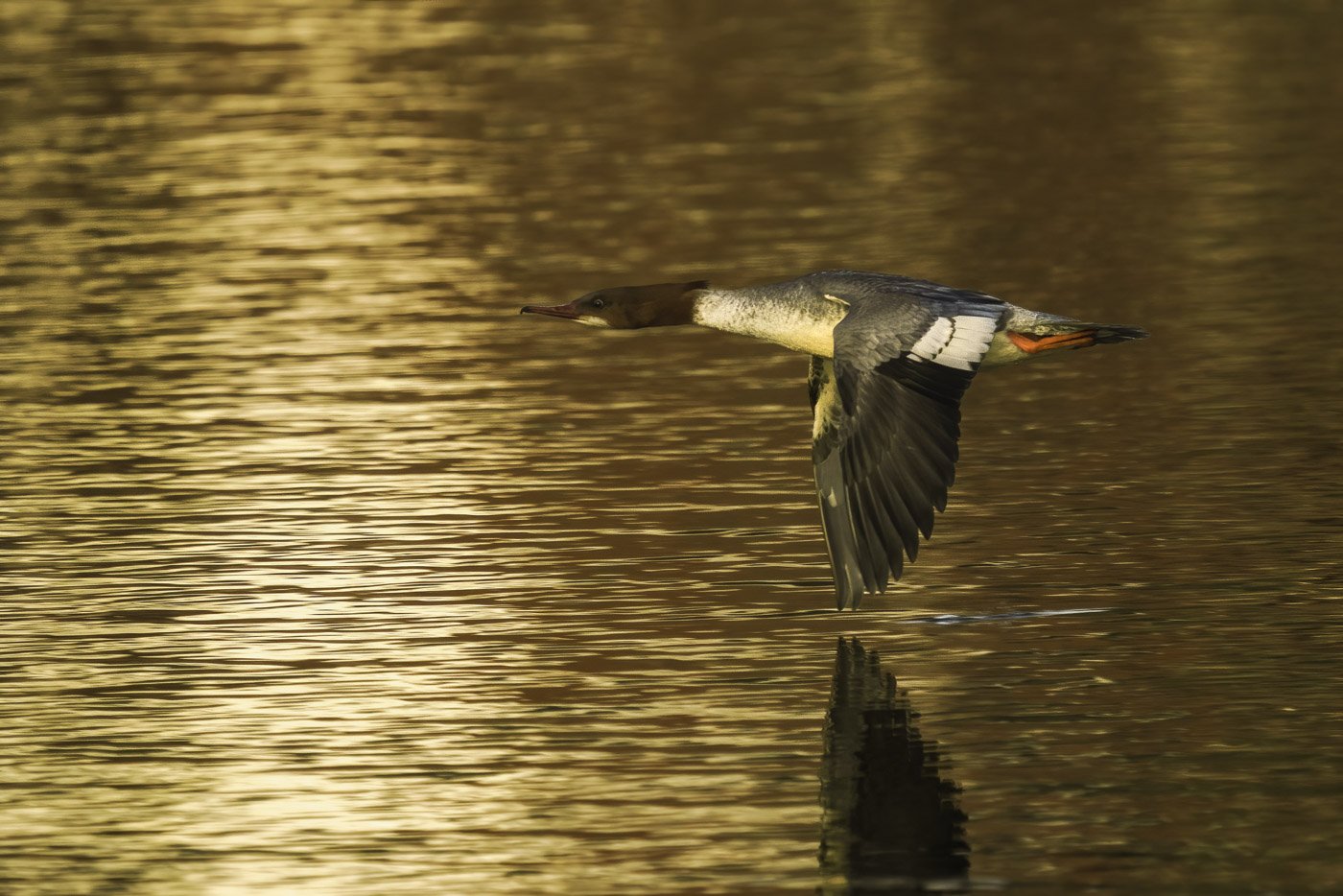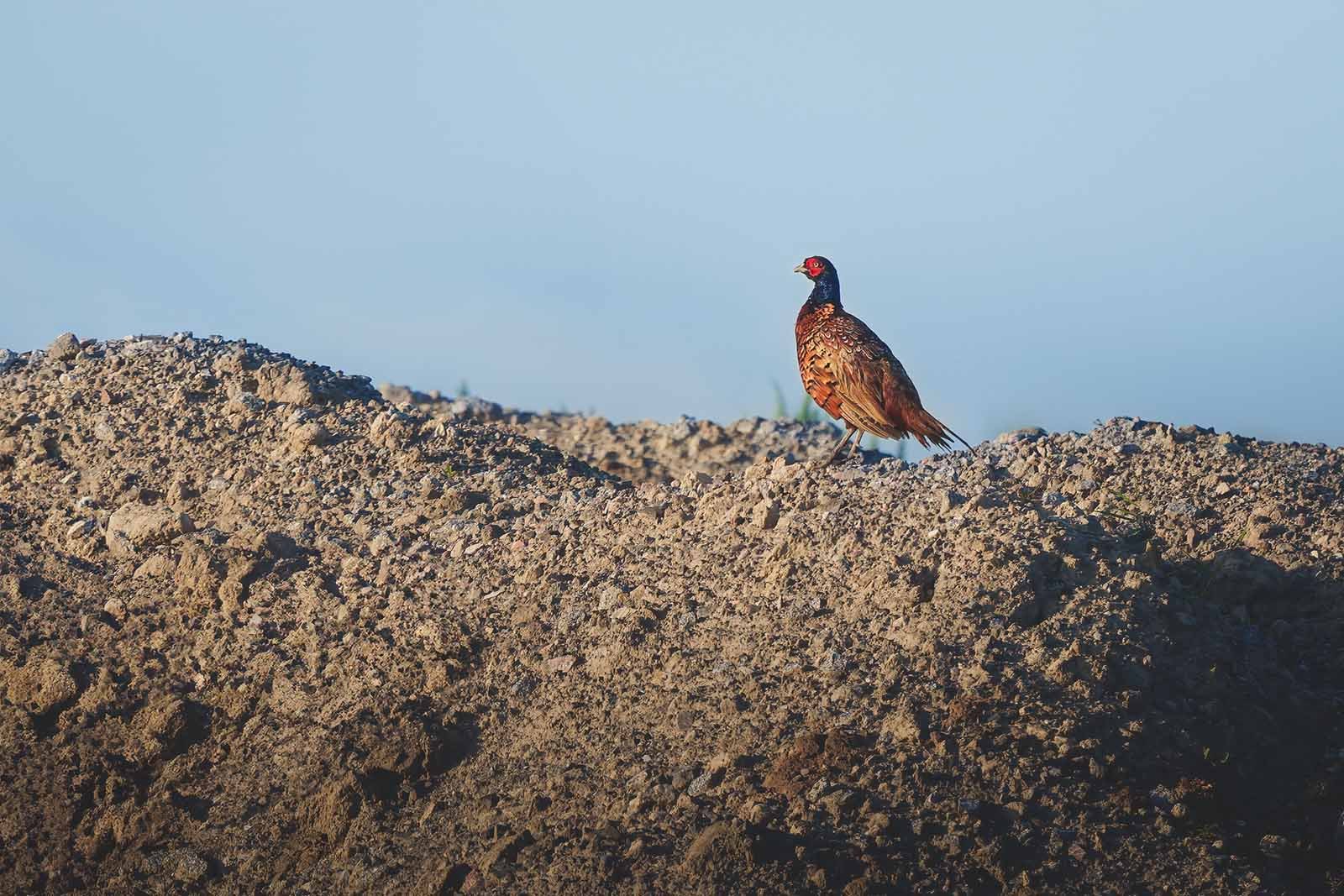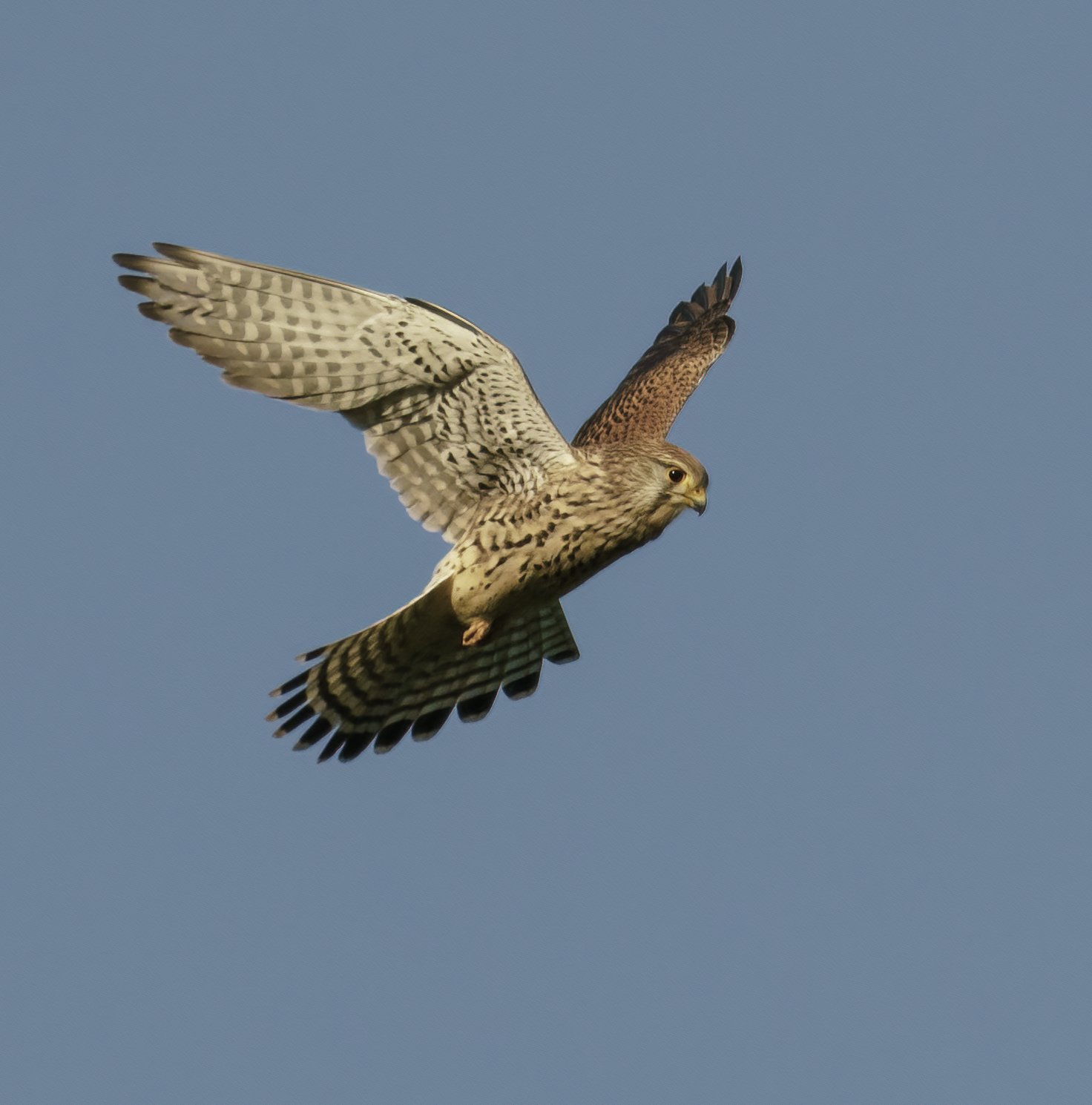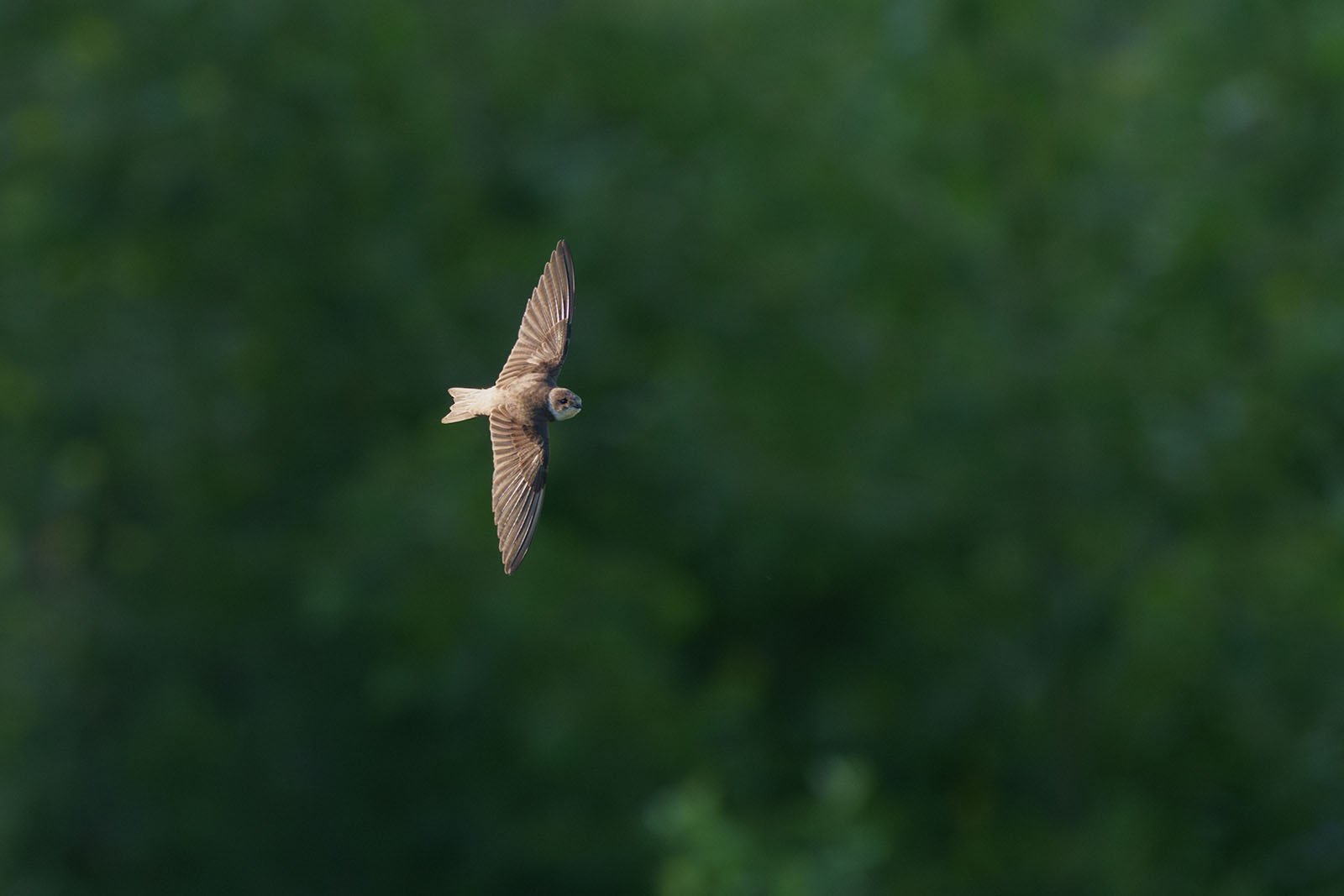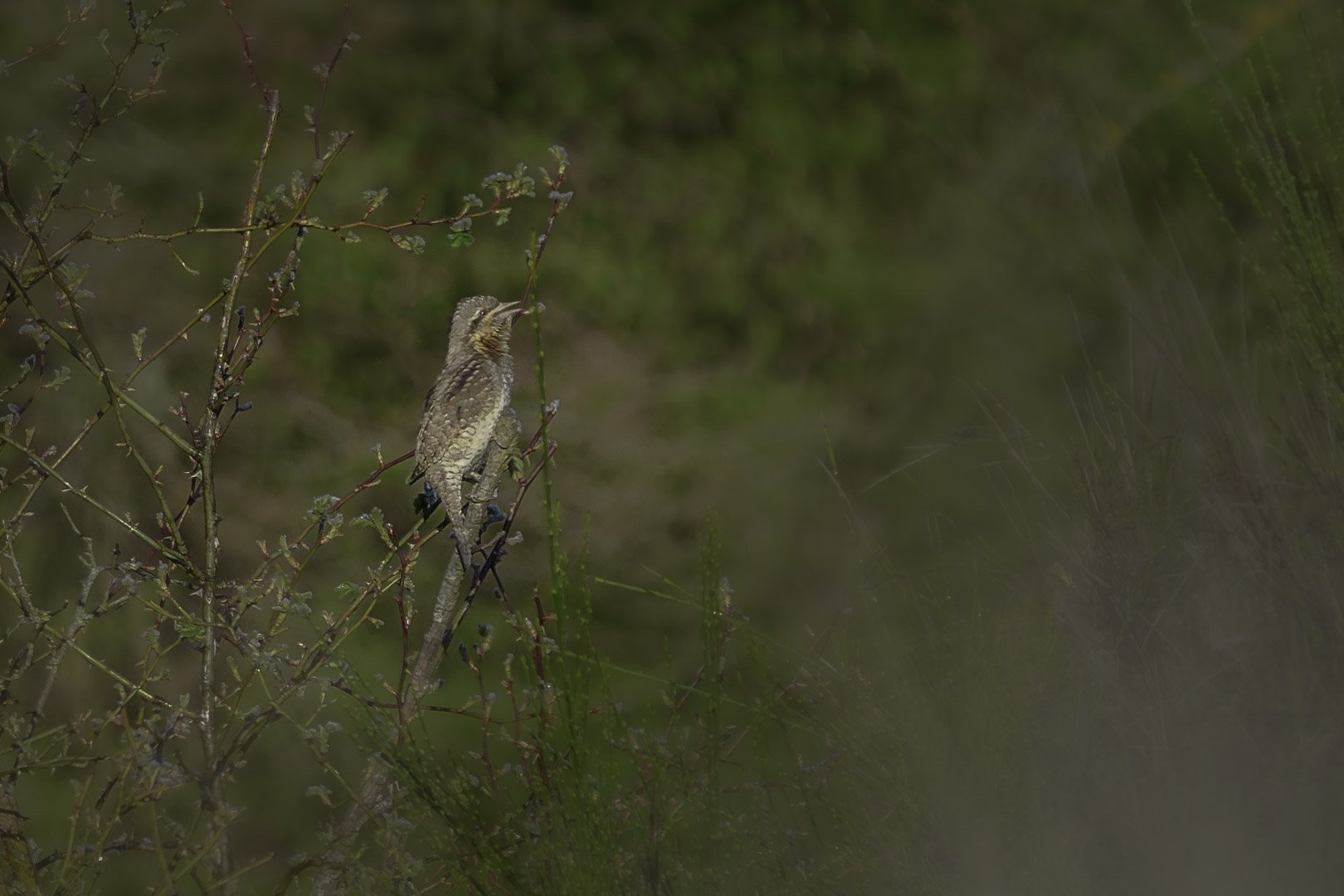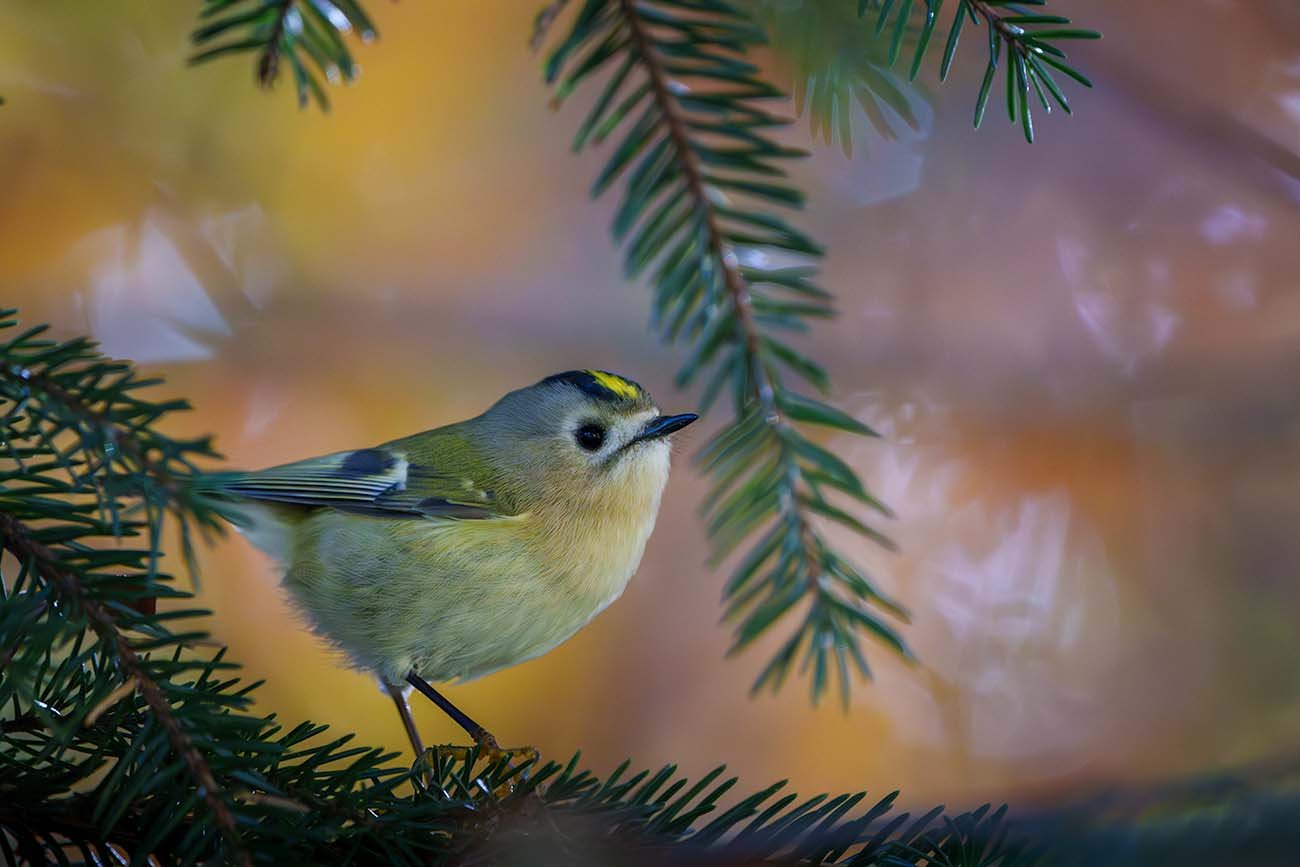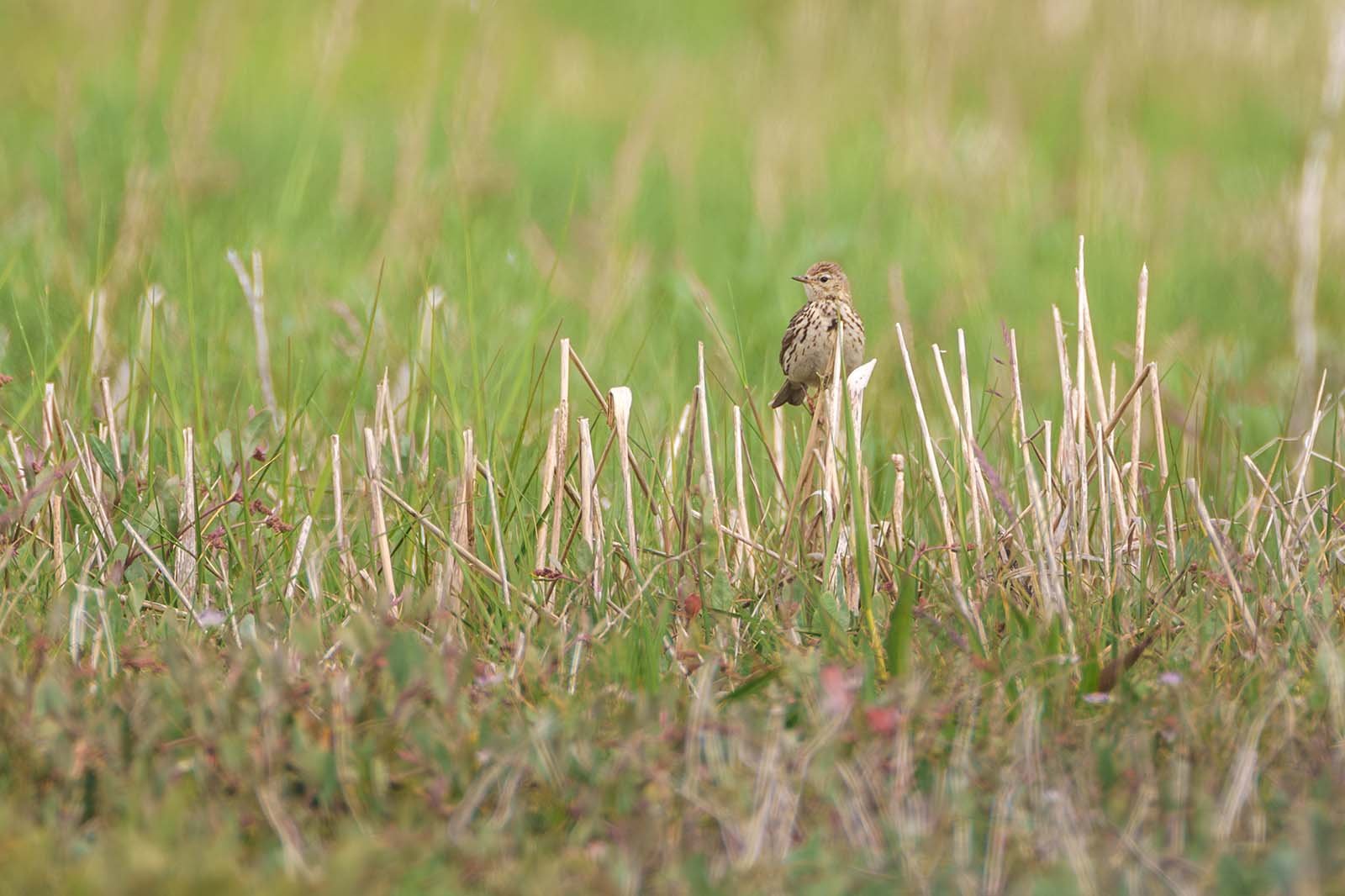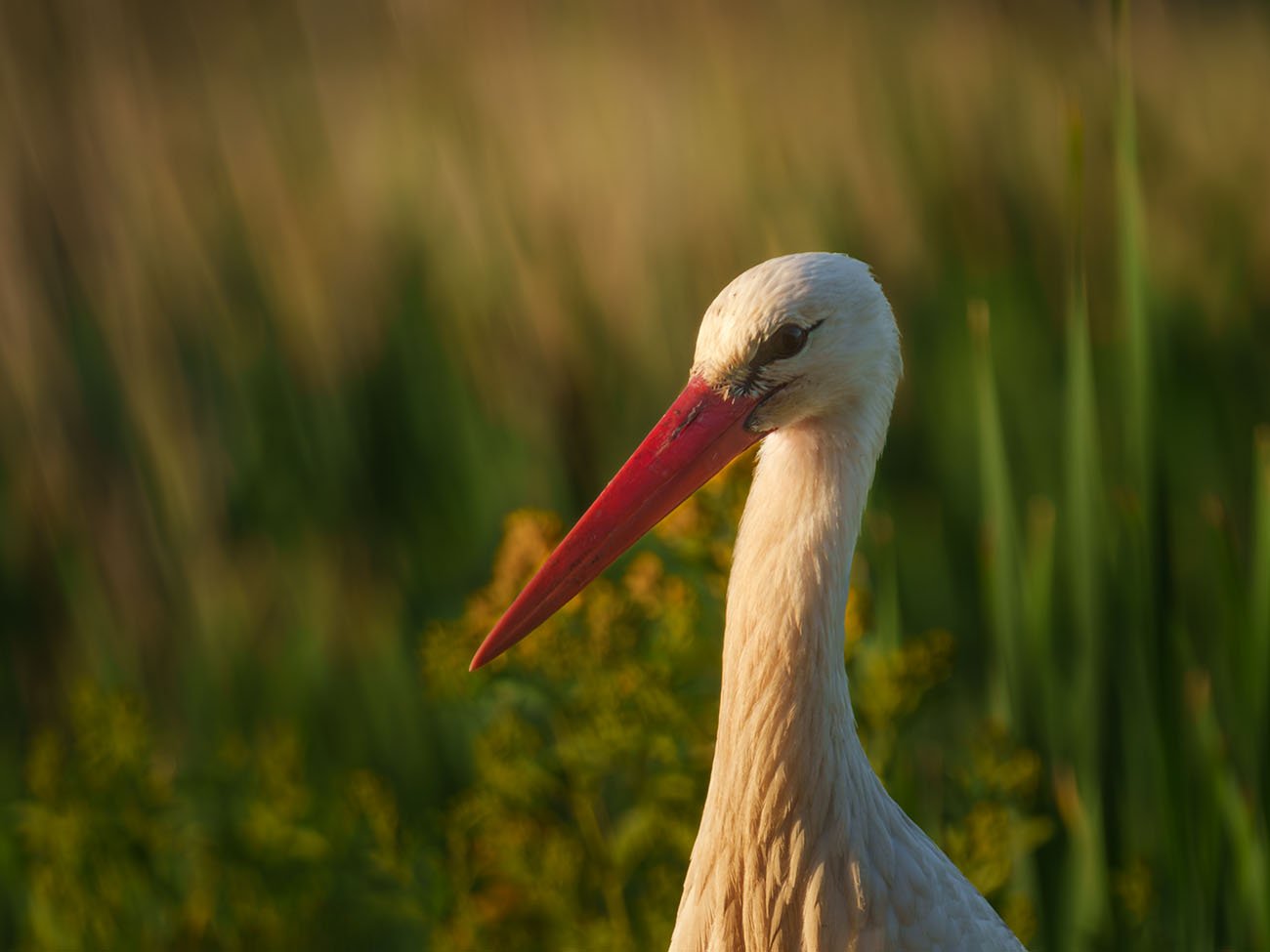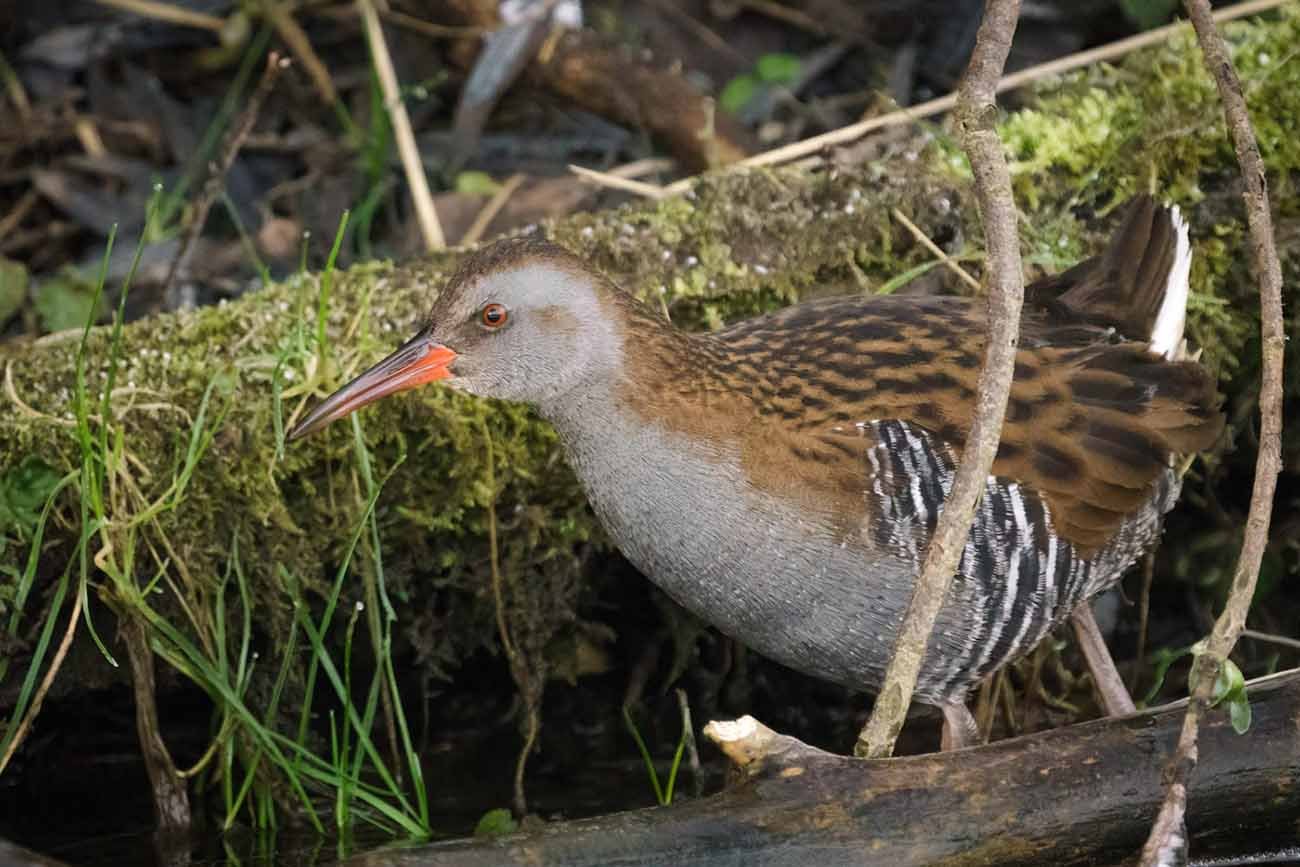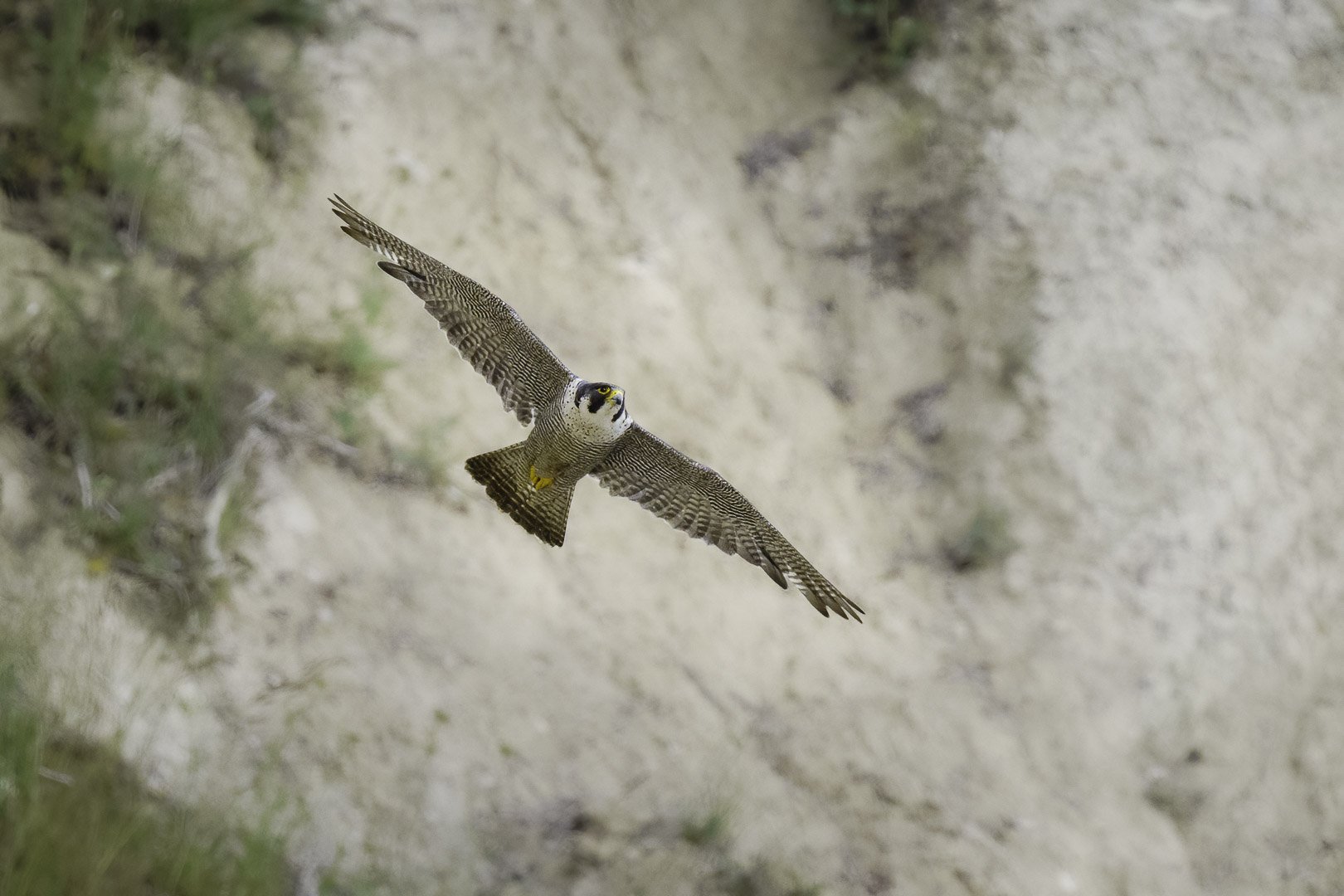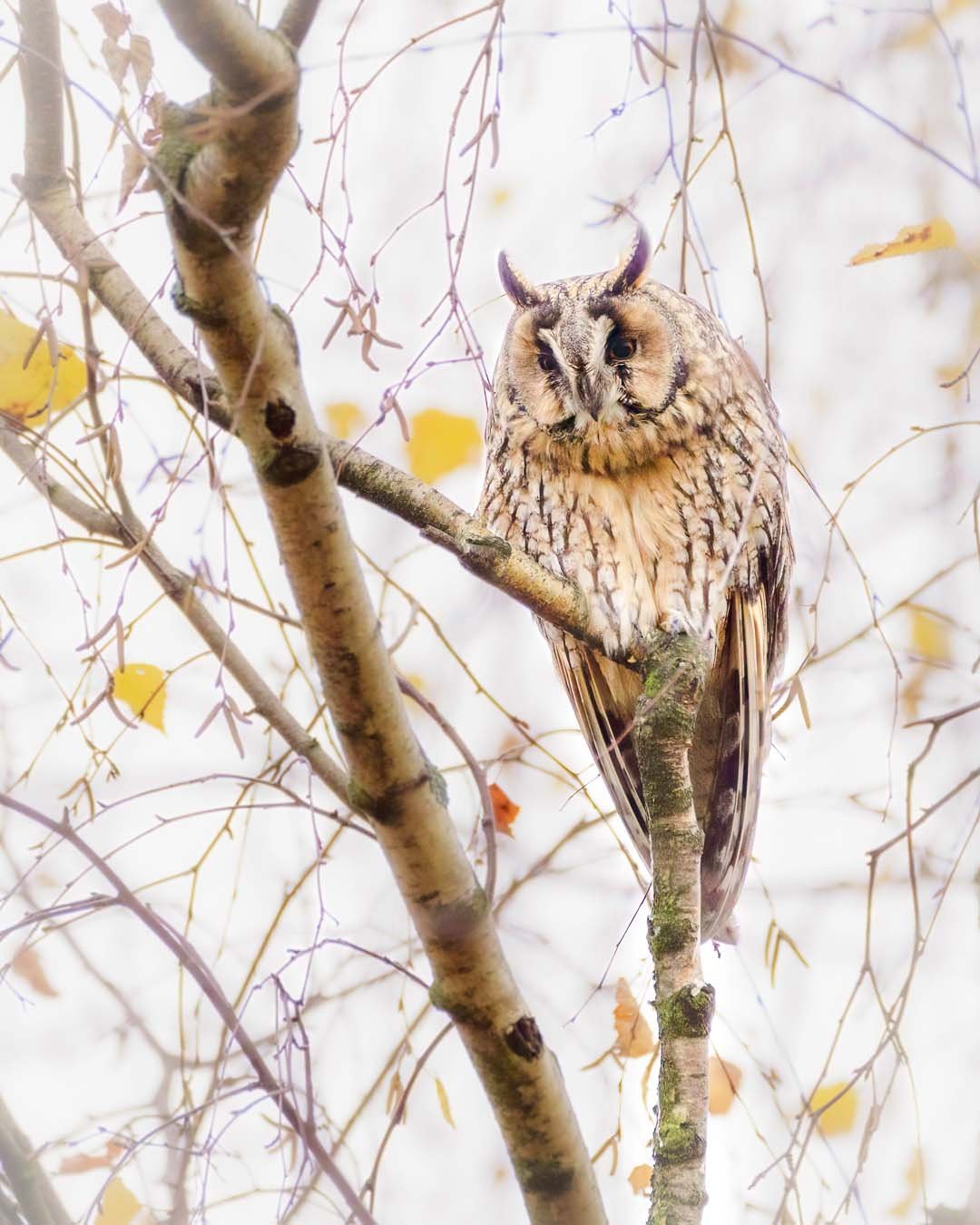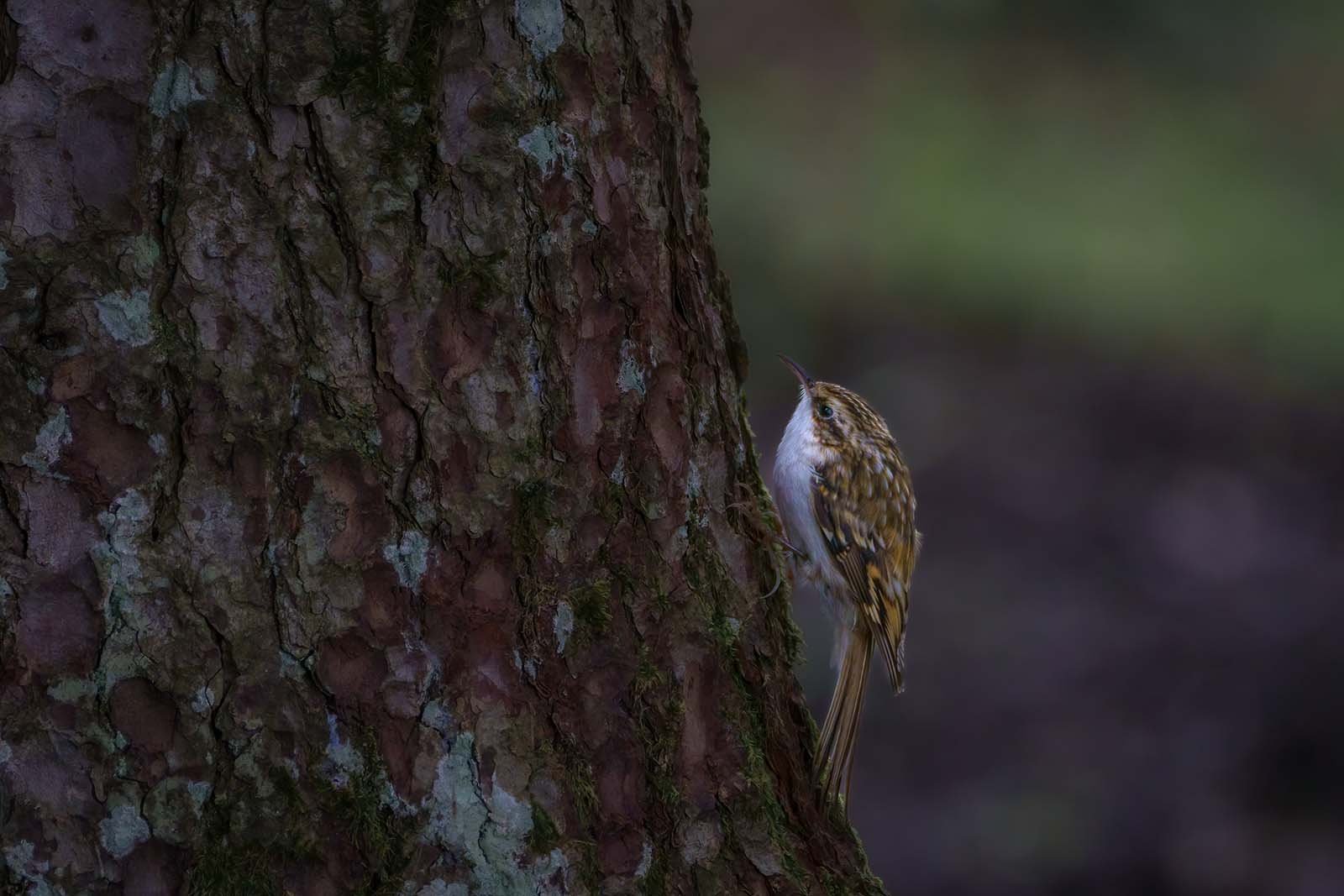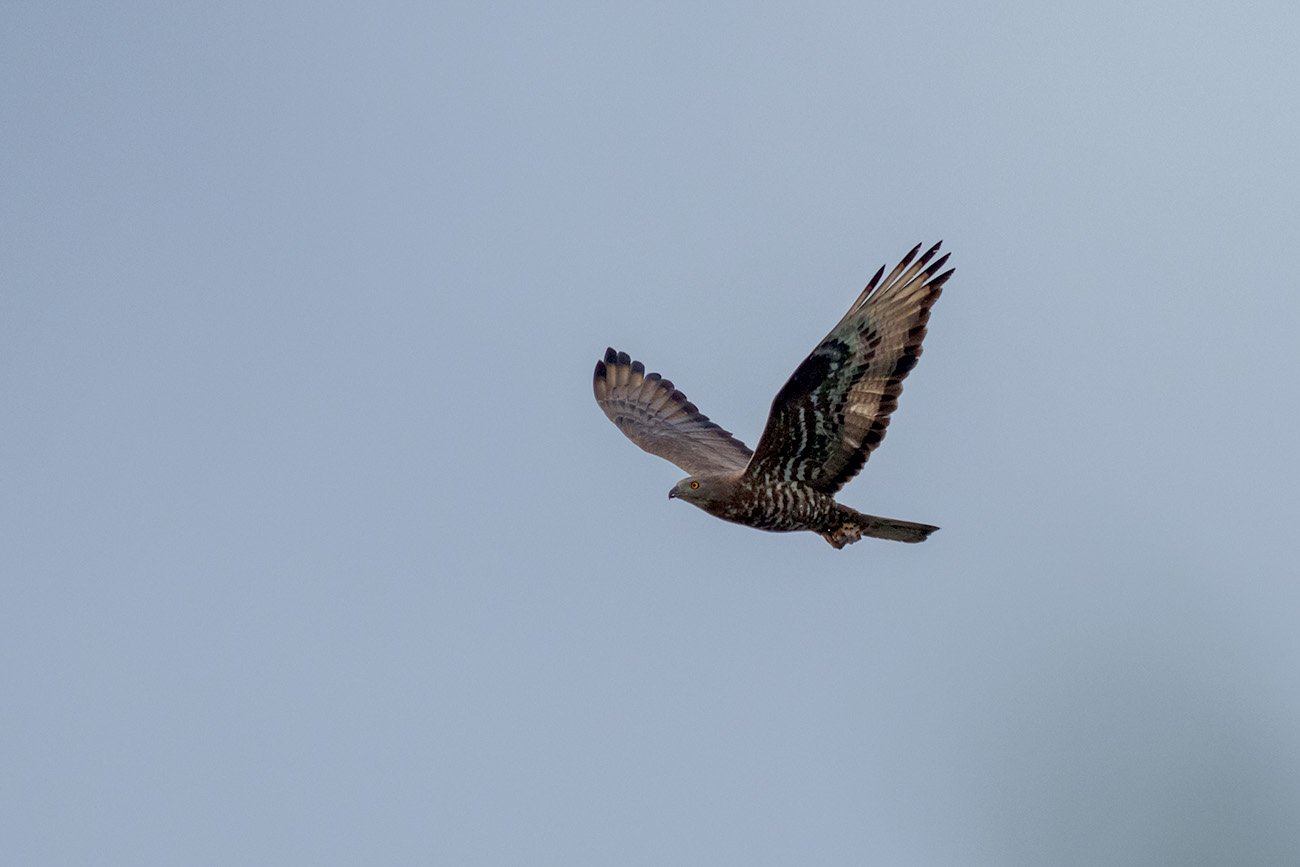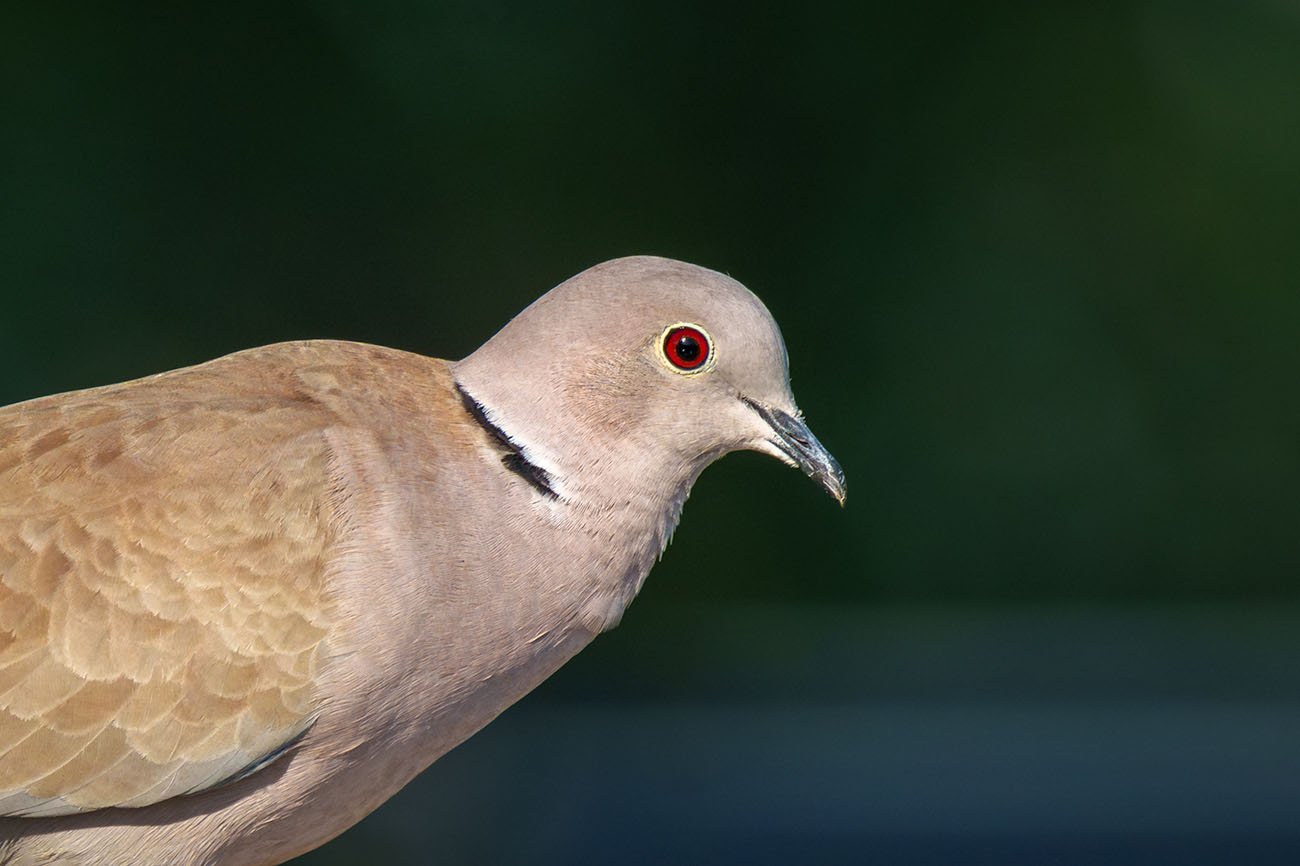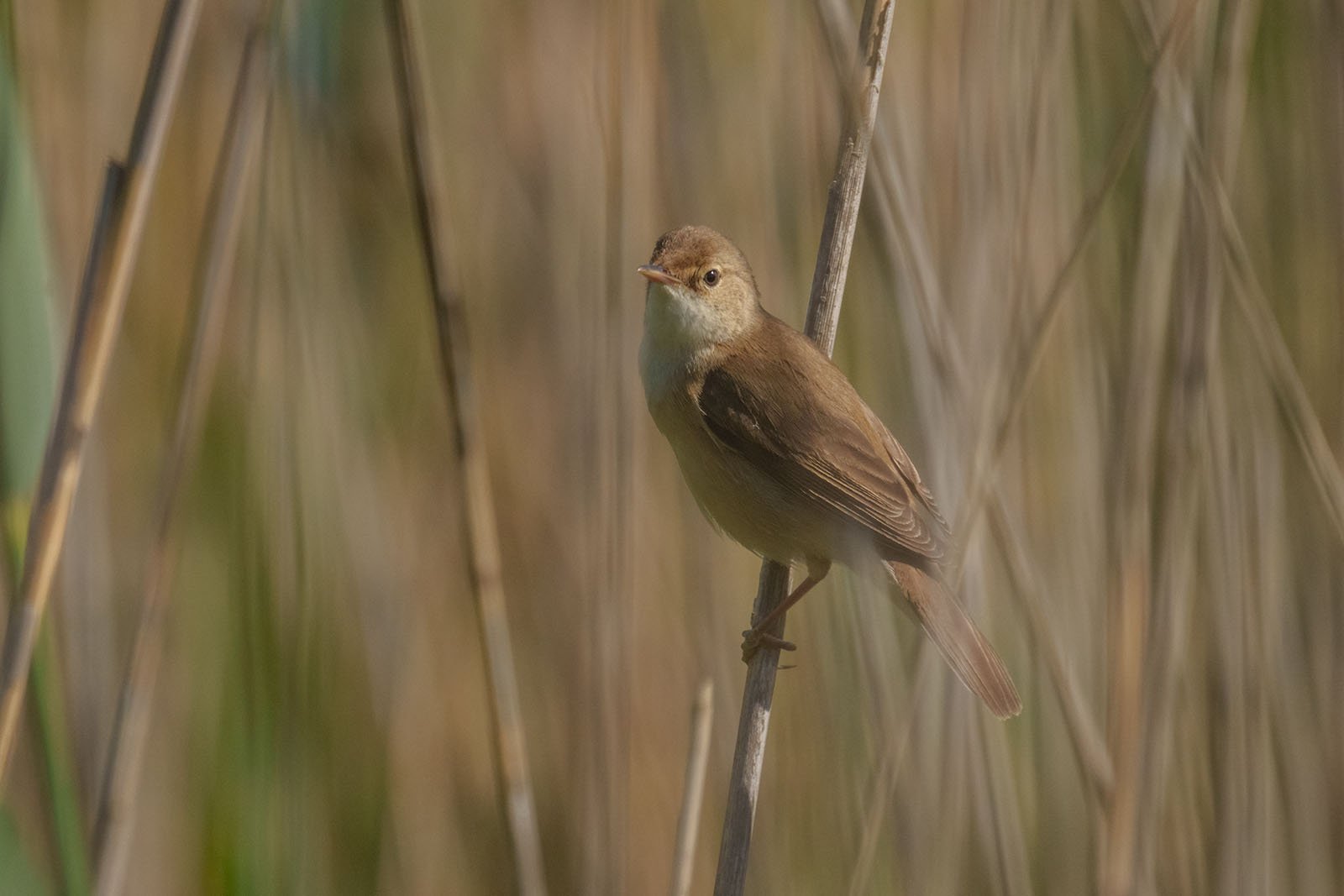Northern lapwing (Vanellus vanellus)
The Northern lapwing (Vanellus vanellus) is a striking bird that is at home in open wetlands such as meadows and marshes
Northern Lapwing (Vanellus vanellus) – The Acrobat of Wetlands
Key Facts:
- Size: 28–31 cm
- Features: Long, thin crest, black-and-white plumage with violet metallic sheen
- Habitat: Wet meadows, marshes, open grasslands
- Breeding: Ground nests in shallow depressions, both parents incubate
- Diet: Insects, worms, snails
Table of Contents
- Introduction: The Northern Lapwing – A Master of Aerial Acrobatics
- Identification and Appearance: How to Recognize the Northern Lapwing
- Habitat and Distribution: Where the Northern Lapwing Lives
- Behavior and Diet: A Graceful Flier Hunting for Worms
- Breeding: Ground Nester with Well-Hidden Nests
- FAQ: Common Questions about the Northern Lapwing
- Shortlist – Color Features
1. Introduction: The Northern Lapwing – A Master of Aerial Acrobatics
The Northern Lapwing is a striking bird commonly found in open wetlands such as meadows and marshes. Its dramatic flight displays, where it tumbles and twists through the air, make it easily recognizable. Along with its plaintive calls often heard in its breeding grounds, the Northern Lapwing stands out with its long crest and distinctive black-and-white plumage that reveals a shimmering metallic sheen when seen up close.
2. Identification and Appearance: How to Recognize the Northern Lapwing
The Northern Lapwing measures 28 to 31 cm in size and is known for its unique coloring and striking appearance:
Plumage:
At first glance, the Northern Lapwing appears mostly black and white. However, a closer look reveals a glossy violet metallic sheen on its upperparts, especially noticeable in sunlight. The head is black with a long, thin crest, which is the bird's most defining feature. The breast is also black, while the belly is white. The wings are broad and rounded, supporting the bird’s characteristic graceful flight. Juveniles have a less glossy, more scaled appearance on their upperparts.Beak:
The beak is short, straight, and black, perfectly suited for picking up insects, worms, and snails from the ground, which make up the Northern Lapwing’s primary diet.Eyes:
The eyes are dark, giving the bird a sharp and alert expression. They blend seamlessly into the dark head feathers, enhancing the Northern Lapwing’s striking facial appearance.Feet:
The legs and feet are relatively short and are colored in shades of pink to gray. These strong legs allow the Northern Lapwing to move confidently across soft, wet ground like marshes and muddy fields.
3. Habitat and Distribution: Where the Northern Lapwing Lives
The Northern Lapwing prefers open landscapes with wet soils. It is commonly found in wet meadows, marshes, and open grasslands. These habitats provide the ideal conditions for foraging as well as safe nesting sites. During the breeding season, the Northern Lapwing nests in shallow ground depressions that are well-camouflaged by surrounding vegetation.
4. Behavior and Diet: A Graceful Flier Hunting for Worms
The Northern Lapwing is famous for its aerial displays, where it performs sudden twists and turns, seemingly tumbling through the air. These acrobatic flights are used both in courtship and to defend nesting territories. On the ground, the Northern Lapwing moves more slowly while it forages for food. Its diet mainly consists of insects, worms, and snails, which it skillfully extracts from soft, wet soils using its short beak.
5. Breeding: Ground Nester with Well-Hidden Nests
The Northern Lapwing is a typical ground-nesting bird. Its nest is a simple depression in the ground, often lined with grass and other plant materials. These nests are well-hidden within the vegetation, providing protection from predators. Both parents share the responsibilities of incubating the eggs and caring for the chicks. Once hatched, the young quickly leave the nest and follow their parents while learning to find food.
6. FAQ: Common Questions about the Northern Lapwing
1. Where is the best place to observe Northern Lapwings?
Northern Lapwings are best seen in open wetlands, including meadows, marshes, and coastal grasslands. Their aerial displays are particularly noticeable during the breeding season.
2. What does the Northern Lapwing mainly eat?
The Northern Lapwing’s diet consists mostly of insects, worms, and snails, which it finds in soft, wet soils.
3. How can you recognize a Northern Lapwing in flight?
In flight, the Northern Lapwing is easily identified by its broad, rounded wings and graceful, acrobatic movements. The long crest and shimmering plumage add to its distinctive look.
4. Where does the Northern Lapwing build its nest?
The Northern Lapwing nests directly on the ground, in shallow depressions hidden within vegetation. These nests are well-camouflaged to protect against predators.
5. How do male and female Northern Lapwings differ?
Male and female Northern Lapwings are visually similar, though the male’s crest is often slightly longer and his colors may be more intense.
7. Shortlist – Color Features
- Size: 28–31 cm
- Features: Black and white plumage with violet metallic sheen, long crest
- Beak: Short, straight, black
- Eyes: Dark, alert expression
- Feet: Short, pink to gray
- Habitat: Wet meadows, marshes, open grasslands
- Diet: Insects, worms, snails
The Northern Lapwing is a captivating bird, known for its graceful aerial displays and striking appearance. Its presence in open wetlands makes it an important and fascinating part of local ecosystems.



